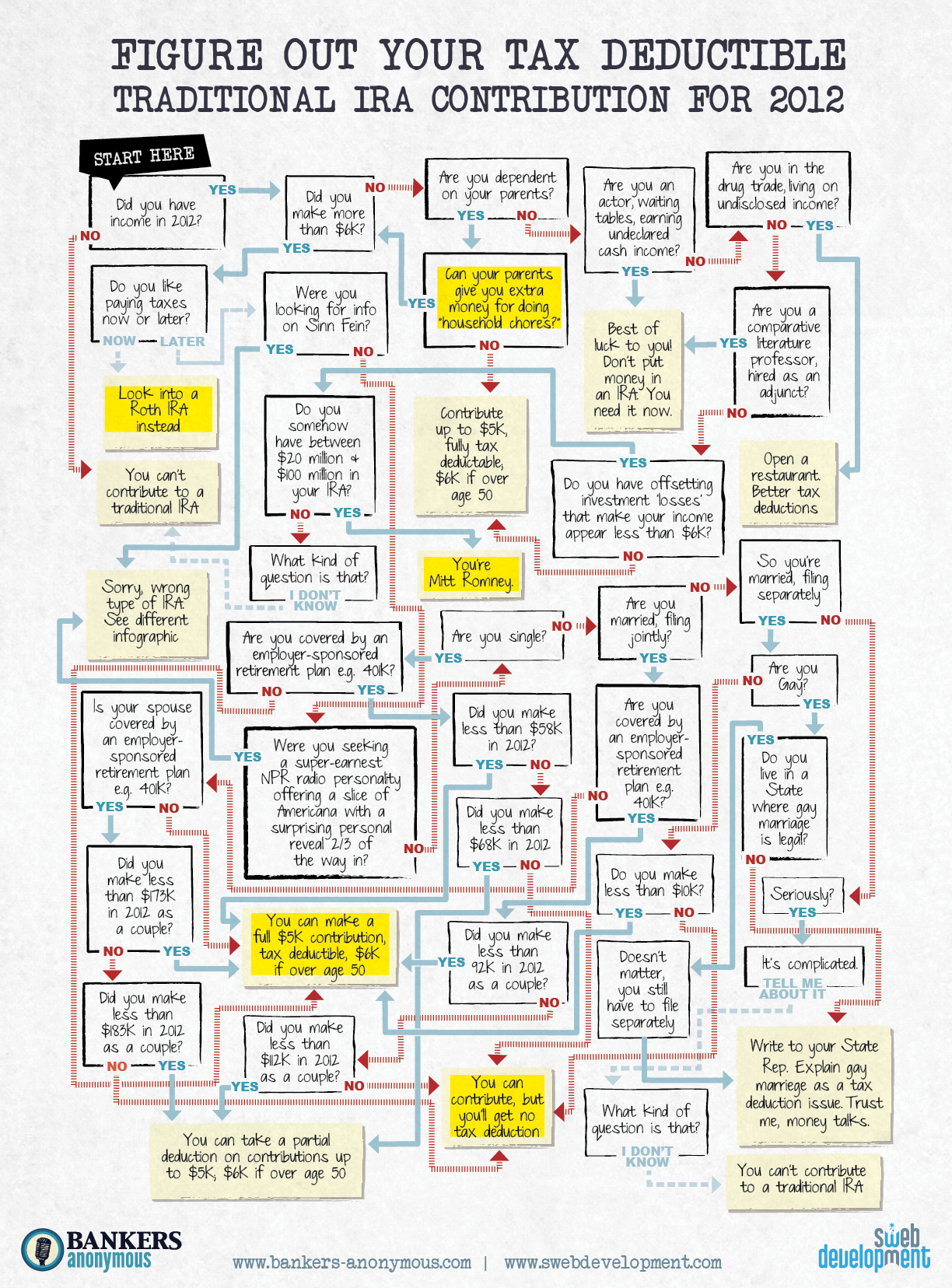One of the most common investment strategies is called “Buy and Hold”, which usually consists of mutual funds or other securities held for the long term and rebalanced occasionally. These funds are held during the best and worst performing years. The theory is that you can never predict the future performance of the market or time your trades to sell at the top or buy at the bottom. Instead you ride the waves, knowing that there will be ups and downs.
After the recession of 2008 and 2009, the “Buy and Hold” strategy started to lose favor. Investors could not tolerate such significant declines in their portfolio. It caused many investors to give up on their strategy, sell out of their portfolios at the wrong time (the bottom) and move to cash to wait for better days, more optimism and more clarity.
And so they sat. and sat. and sat.
Here we are, four years later and the S&P 500 has now returned a total of 130% (3/9-12/12). There is a pattern here. American Funds released a newsletter that has a chart on page 2. It highlights the returns for the subsequent 10 years following the major declines of 1939 and 1974. The returns for those two ten year periods were in the 15% range, well above the 11% average for the S&P 500.
It turns out, this sort of return is not unique when compared to historical performance.
For those investors that stayed invested, they are watching their portfolios return to previous levels and grow even more. But, unfortunately many investors are still sitting on the sidelines wondering how to get it.
Maybe “Buy and Hold” is not dead after all! Although, it may not be right for everyone.
If you are one of the millions of investors who sold out close to the bottom and still reluctant to get back in, consider these strategies:
1 – Limit the amount of news you watch. So much of it is noise and simply a distraction. Take it with a grain of salt.
2 – Periodically review your statements and make calculated decisions. It’s easy to react quickly if you see a bad news report and then review your statement.
3 – Keep the course. Despite all the voices in your head that tell you to sell, hold on to your strategy. It may be hard, but that’s why you have a strategy in the first place.
4 – Stay diversified. Invest in different asset classes to spread your risk out. If you are holding too much in one specific stock or mutual fund, consider moving some of it elsewhere.
5 – Consider dollar cost averaging. If you’re trying to time when to get back in the market or when to make contributions, dollar cost averaging may help. With most fund companies and broker/dealers, you can establish rules to invest a specific amount each week/month. That may reduce the risk of buying a security only to see it drop shortly after you purchase it. It allows you to ease back into the markets, instead of jumping in. Keep in mind, this method does not ensure a profit and does not protect against loss in a declining market, so investors should consider their willingness to continue purchases during a declining or fluctuating market.
6 – Get help. It is becoming more and more complicated to invest with more options and increasingly complex products that may not be right for you unless you talk to a professional.
But if you read this, and you feel that even with those changes, you can’t stomach another decline like before then you may need a new strategy all together. We had several client that express their concern and have developed a model portfolio to meet their needs. It looks to capture profits when trends within a variety of asset classes are positive and sit in cash when the trends are negative. You can read more about it here.
